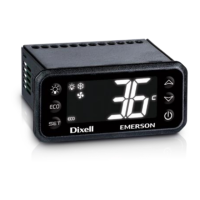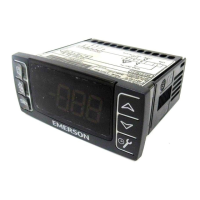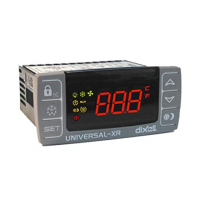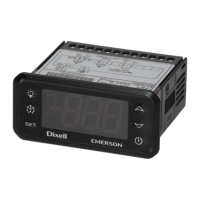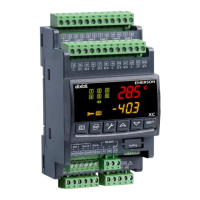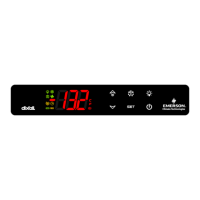User Manual Chapter 15
GFK-1742F Jan 2020
Using the Electronic CAM Feature 335
Note:
1. A CAM-LOAD command counts as two instructions towards the 1000 instruction limit in a
motion program.
2. When a CAM-LOAD command is executed, the following sequence of actions is performed:
A. The current master position is read.
B. Using the master position, CAM-Phase value, the CAM profile table, and CAM configuration
table, the appropriate position of the slave axis is calculated and loaded into the designated
parameter register.
C. The motion program can use a PMOVE instruction to move the slave axis to the position
calculated in step B.
3. The names UDT_CAM_1, UDT_CAM_2, UDT_CAM_3 and UDT_CAM_4 are reserved for future
use and cannot be used for CAM Profile Names.
15.3.6 CAM-PHASE Command
The CAM-PHASE command is used to specify a phase for CAM commands. This command
lets you offset or shift the phase relationship between the master position and follower
position. The phase value may be specified either through a parameter register or as a
constant. Note that a phase value is active for all CAM instructions that follow it, until
modified by another CAM-PHASE command. The default Cam Phase value for a motion
program is 0.
Syntax:
CAM-PHASE <Phase>
15.3.7 CAM and MOVE Instructions
A series of CAM commands may execute without any dwells or interruptions. To obtain
smooth motion you must ensure that the starting point on each subsequent CAM profile is
the same as the ending point of the preceding CAM profile. This ensures a continuous
position and velocity trajectory. For a sequence of Non-Cyclic CAMs, the starting and ending
points may be adjusted in the CAM Editor to obtain smooth transitions. Transitions between
CAM and MOVE commands while the slave axis is moving are not permitted at this time.
Consequently, the slave axis must have a start velocity equal to 0 at the transition point
between a CAM and MOVE command. When a CAM command exits, if it is not immediately
followed by another CAM command, the axis will use the programmed acceleration rate to
decelerate to a stop.

